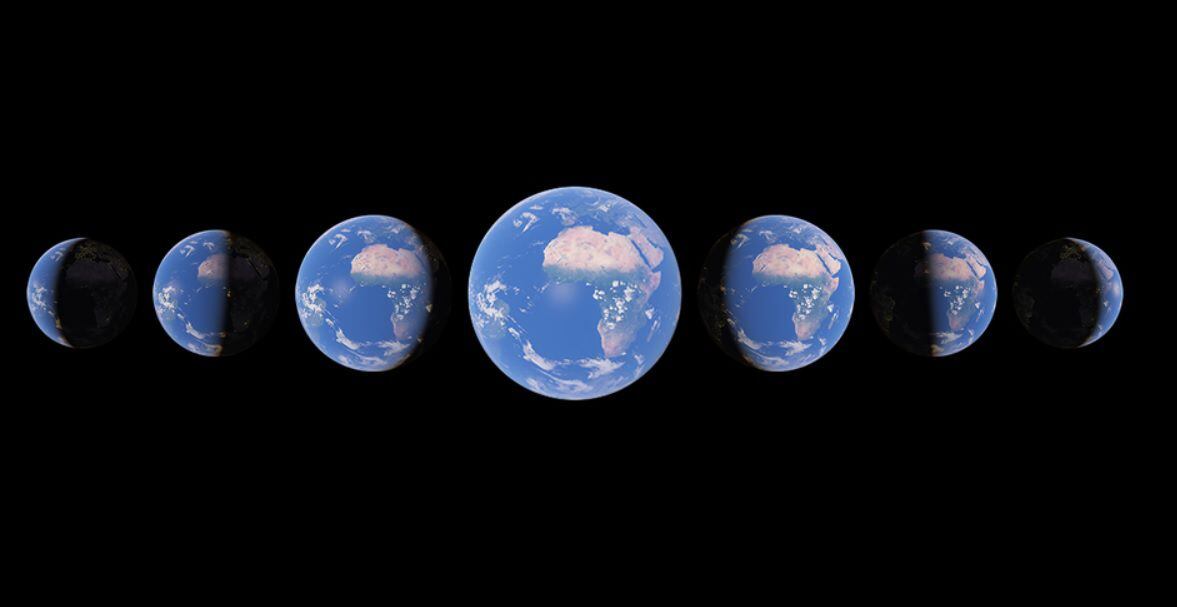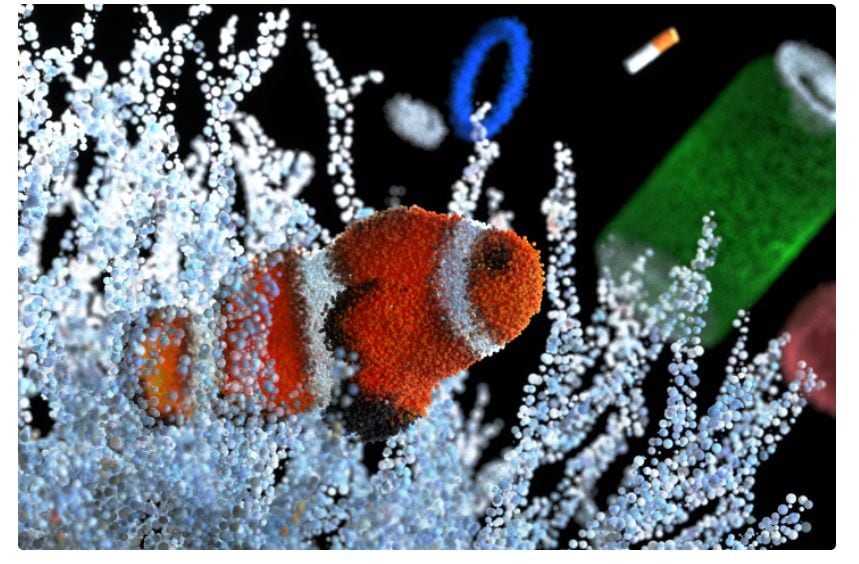:quality(85)/cloudfront-us-east-1.images.arcpublishing.com/infobae/R27PAN5JFBEIZLMALRGHKVNYRQ.jpg 420w)
Google dedicates its doodle to Earth Day that is celebrated on April 22 around the world. It is a date promoted by US Senator Gaylord Nelson, with the aim of raising public awareness of the various forms of pollution, deforestation and other human actions that are damaging the planet.
This time, the doodle focuses on the damage caused by climate change. Using real-time lapse images from Google Earth Timelapse and other sources, the graph shows the impact of climate change over the years.
During the day the images will be changed to show up to 4 different places and the modifications of their landscapes. Each scene will remain on the home page for several hours and then it will be changed to another one.
In turn, when you click on the doodle, the search engine takes you to a page where you can find 6 highlighted buttons with the following captions: summary, causes, effects, actions, news and videos. When you click on each of them, information related to that topic appears.
Google Earth Timelapse and initiatives to combat climate change
Google Earth Timelapse was created from 24 million satellite photos taken over 37 years. This allows us to see the cumulative effects that human activities have on the planet. When you enter the site you can see the impact of pollution on oceans, cities and forests, as well as some initiatives to help reduce such damage or to prevent further deepening.

The site highlights that populations in cities have grown exponentially over the past 35 years and this has also led to an increase in global emissions of carbon dioxide (CO2).
“In an effort to help people and local governments understand the impacts of emissions on their cities, we created Environmental Insights Explorer (IEE), a tool that provides emissions estimates and reduction opportunities for thousands of cities around the world, helping to lay the groundwork for effective climate action”, is mentioned on the Google page.
Forests absorb about a third of the CO2 emitted by fossil fuels each year. However, almost half of the world's forests have been replaced by cities. The company contains on its website information about different non-profit organizations that have been supporting in their work of protecting, restoring and managing forests to reverse the damage caused to date.

Oceans cover more than 70% of the Earth's surface and are important for balancing the CO2 in the atmosphere. But with global warming, sea levels have been rising disproportionately. Hence the importance of carrying out initiatives to raise awareness and act on this aspect.
In this regard, two projects that have been carried out with this objective are shared. On the one hand, there is Global Fishing Watch, which applies machine learning to vessel movements through Google Cloud Platform to provide transparency to the creation and monitoring of new marine protected areas to help restore the oceans.
On the other hand, the immersive experience called Diving into an Acidifying Ocean, developed by the artist Cristina Tarquini in Google Arts & Culture, stands out. This data-driven project shows how ocean pH levels are changing their acidity and need to be protected.
KEEP READING:
